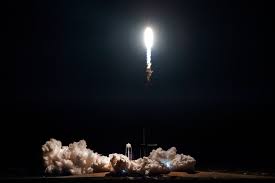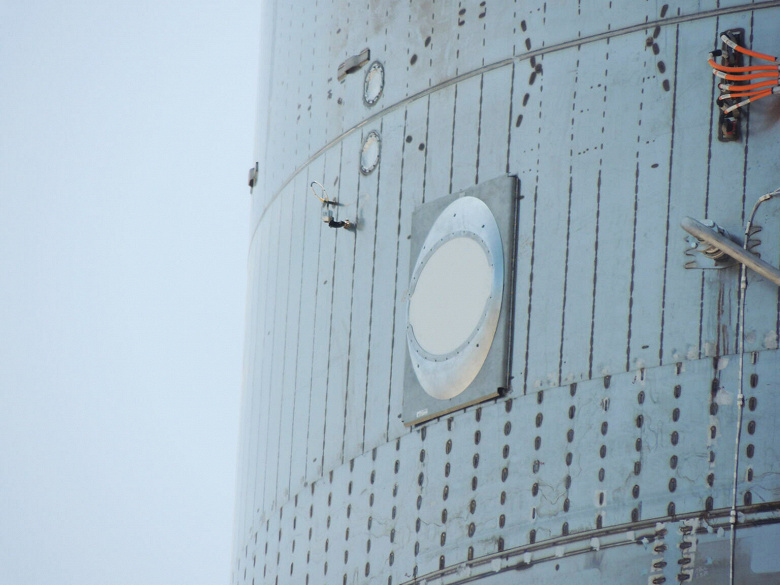A group of astronomers from the United States, Canada, and the United Kingdom published a study in the journal Nature Astronomy, in which they told what clouds can be on the giant planets of the solar system, as well as on exoplanets.
Such studies will help planetologists understand the atmosphere of cold giant planets and their satellites, such as Jupiter and the satellite of Saturn, Titan, scientists say.
Surprisingly, the most common type of cloud that can be present on most planets should consist of liquid or solid droplets of silicon and oxygen, such as molten quartz or molten sand.

On colder Jupiters, hydrocarbon haze or smog will likely cover the sky. The types of clouds that can exist in these hot atmospheres are something that may not yet have been found on other planets.
But while some planets seem to have a transparent atmosphere, many of them have clouds that completely block the passage of starlight, interfering with the study of gases under the upper layers of clouds.
To explain these observations, astronomers have proposed many strange types of clouds consisting of aluminum oxides, molten salt, silicon oxides or silicates and organic hydrocarbon compounds. The clouds may be liquid or solid aerosols.
The model showed that many of the exotic clouds proposed over the years are difficult to form because the energy needed to condense the gases is too high. However, silicate clouds condense easily and dominate in the temperature range of 1200 degrees Kelvin: from about 900 to 2000 Kelvin. This is a range of about 2000 degrees Fahrenheit.
According to the model, in the hottest atmospheres, aluminium and titanium oxides condense into high-level clouds. In exoplanets with colder atmospheres, these clouds form much deeper.
For those astronomers who were looking for a cloudless planet to make it easier to study gases in the atmosphere, scientists suggested focusing on planets between 900 and 1400 kelvins or those that are hotter than about 2200 Kelvin.
The presence of clouds was measured in a number of exoplanet atmospheres before, but just when we collectively look at a large sample, we can distinguish physics and chemistry in the atmospheres of these worlds, the researchers write .










